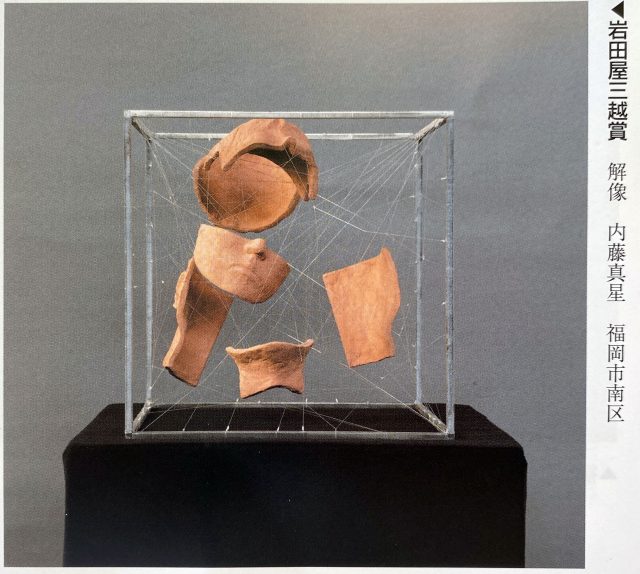
- 9/5TUE
- 10/1SUN
[Student Award] “Iwataya Mitsukoshi Prize” at The 78th Fukuoka Prefectural Art Exhibition
2023.09.13
Awards

We have been informed that the TOEFL iBT test scheduled to be held at the Tenjin Test Center in Fukuoka on or …

Please check the details from the link below.
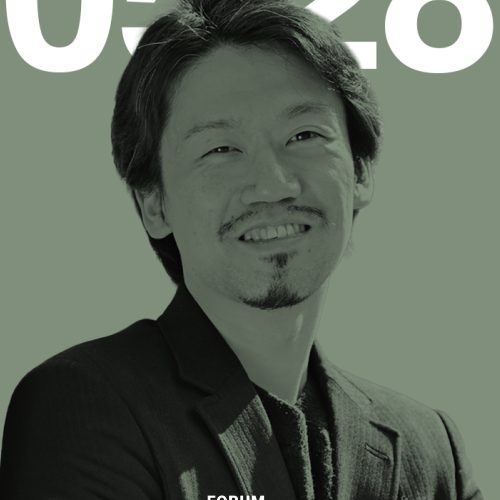
Faculty of Design, Kyushu University is pleased to present the following researcher talk. Forum for Contempora…

We offer public lectures and lectures for high schools on various design topics to educate the public about th…
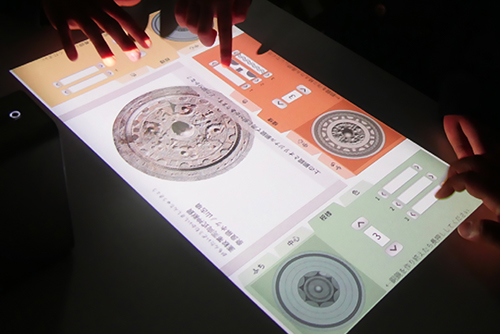
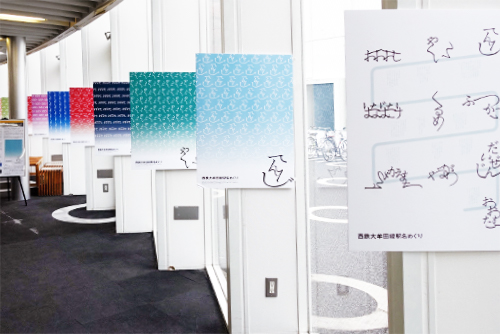
The term "media" includes not only content such as videos and photos, but also the hardware and software for producing them, as well as the means for communicating them. In the Media Design Course, students learn the basics of "Media Expression" to study content design and artistic expression, "Media Interaction" to explore technologies and systems for communication, and "Media Communication Study" to understand humans as the target of communication and learn about human behavior and society. Students will then design advanced content and mechanisms to realize them, and practice design that "connects people and communicates to people.”
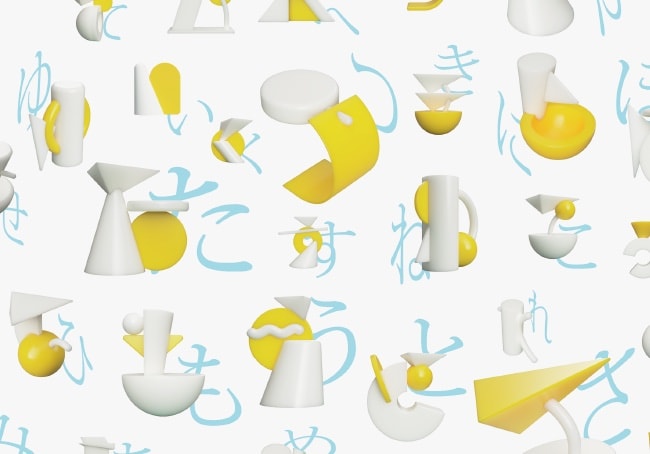
"What to express and how to express it," learning design and artistic expression.
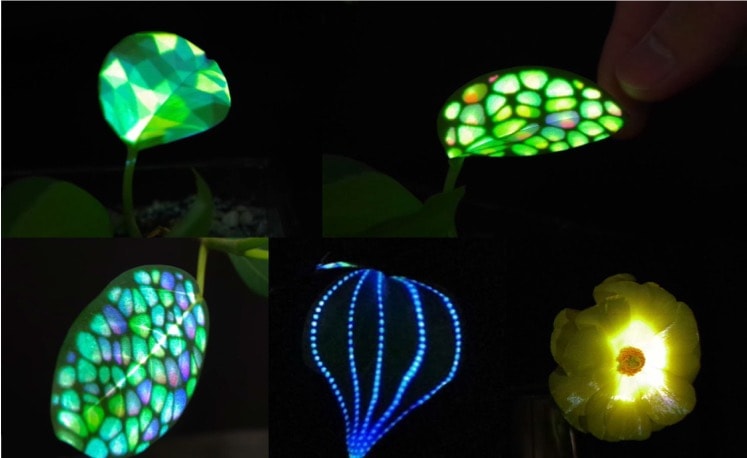
"How to connect people with others and foster communication," learning technologies and systems for communication.
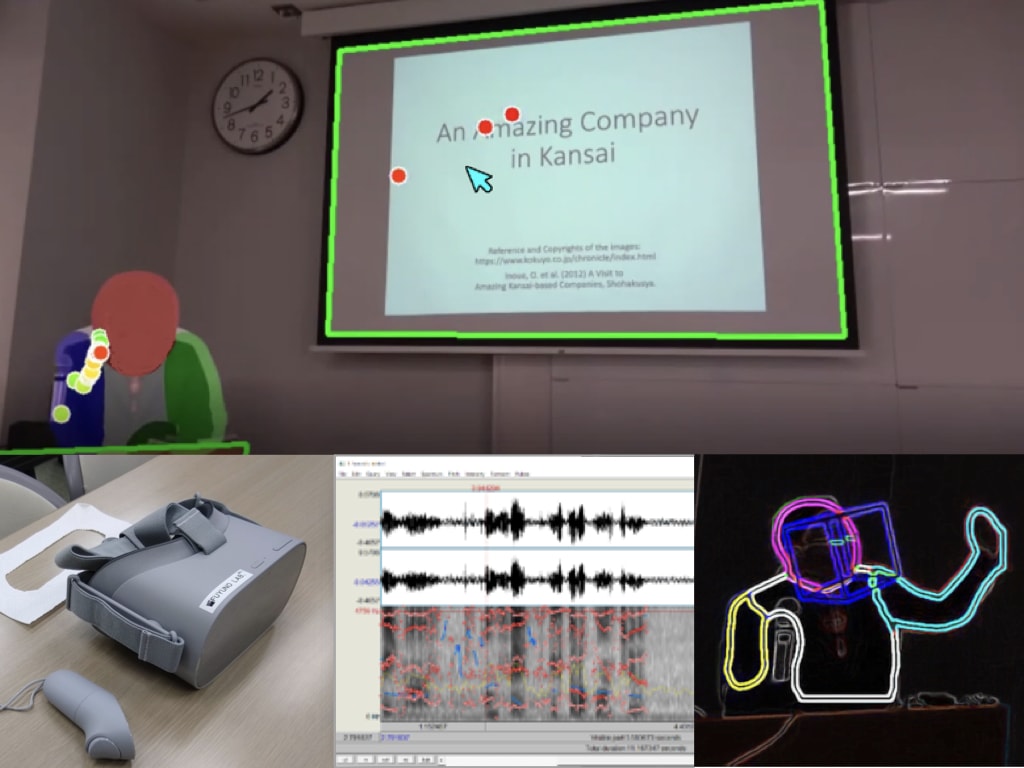
“How do we connect and communicate with others," understanding the human being as the object of communication and learning about human behavior and society.
1 st year
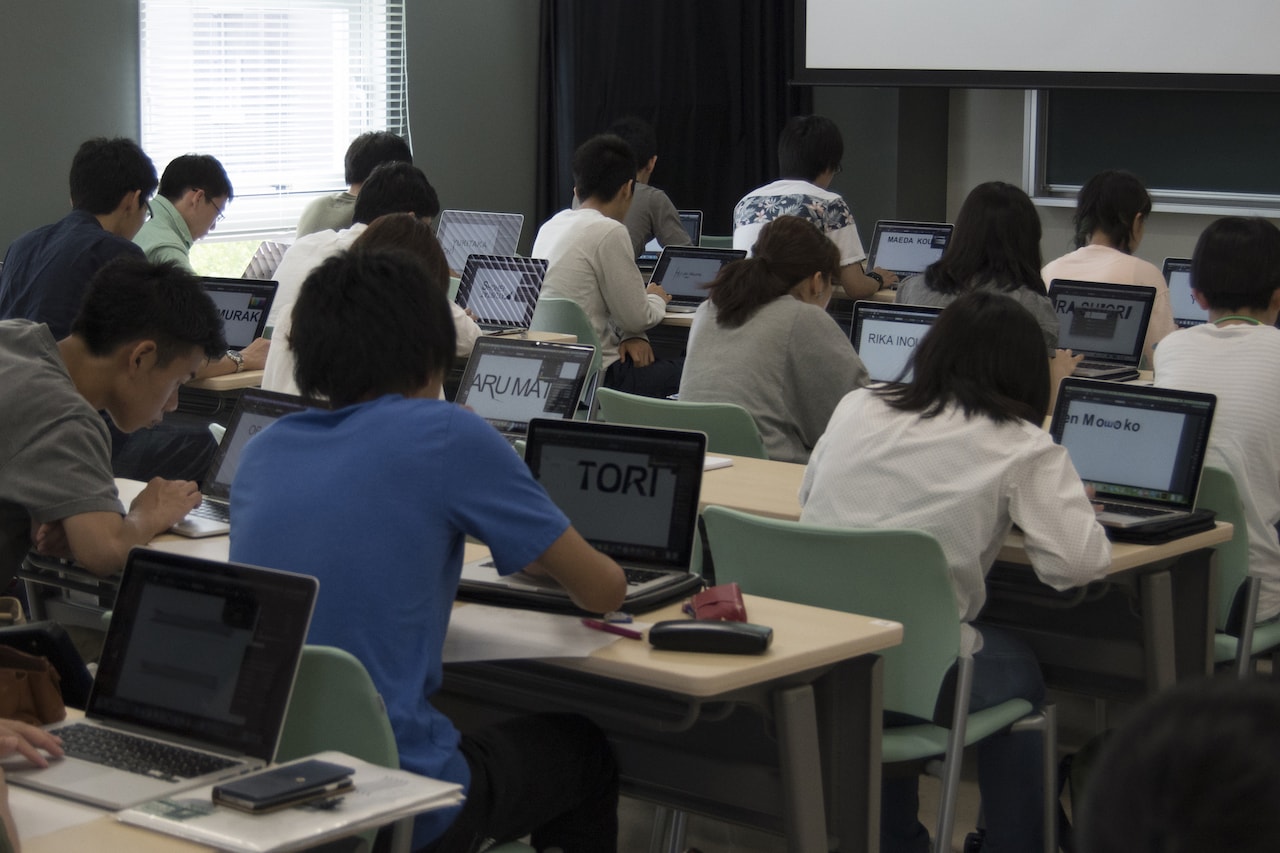
In the first year, students focus on KIKAN Education Subjects that develop the foundation for learning. In the Specialized Subjects, students are exposed to a wide range of design fields in "Design Literacy Basics" and learn what design is through various case studies in "Design Case Study I.” In "Introduction to Media Design I," students learn the basics of media expression, and in "Introduction to Media Design II," they learn the basics of media interaction, taking the first step toward a specialized field.
2 nd year
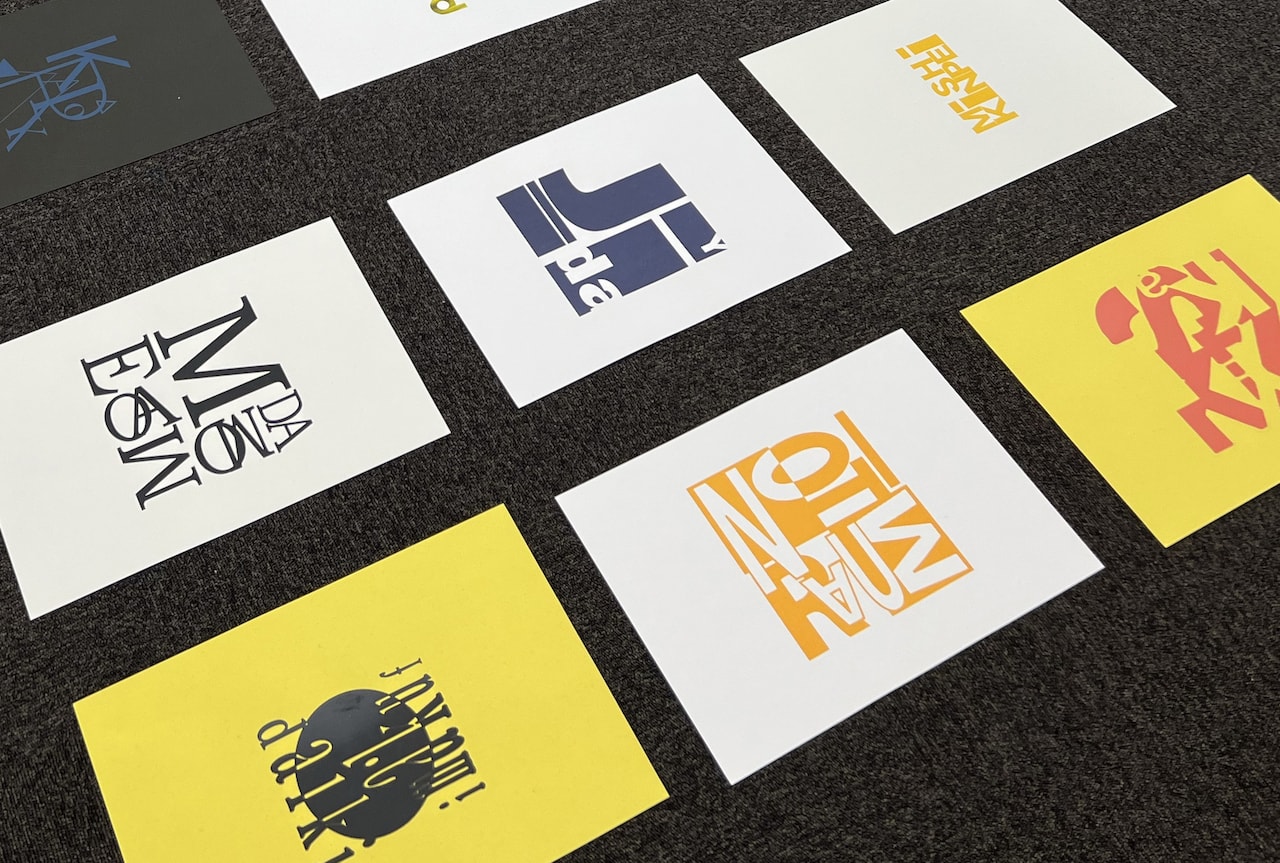
In the second year, students learn the basics of media communication studies in "Introduction to Media Design III.”
In addition, as Course Basic Subjects, students learn expression methods in "Fundamentals of Art and Design Media" and acquire programming skills for images and text in "Media Programming.” In Course Specialized Subjects, students acquire specialized knowledge and skills through lectures and exercises in the various specialized fields that make up media design.
3 rd year
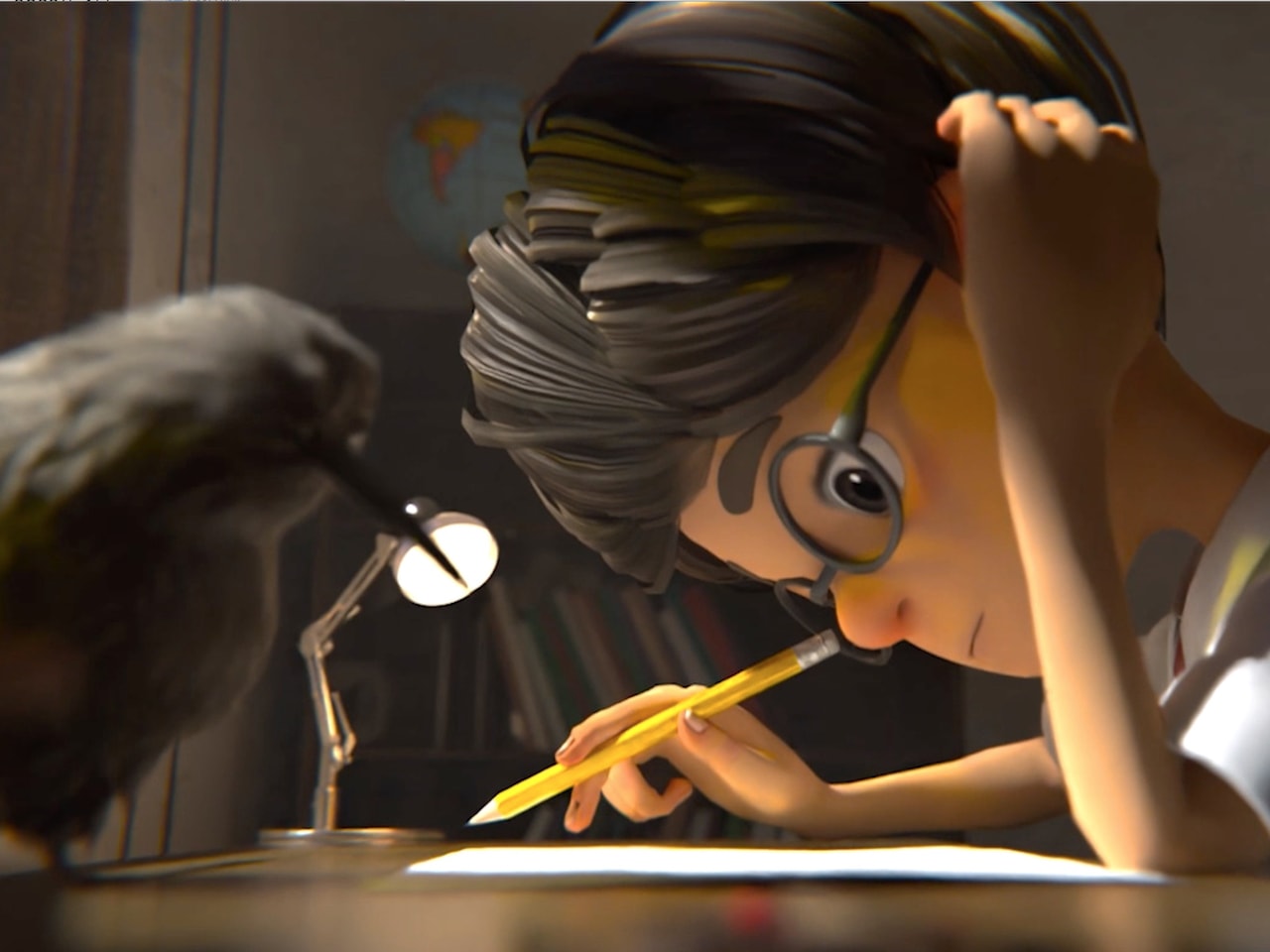
In the third year, students deepen their specialized knowledge and acquire the ability to apply and practice the knowledge and skills they have acquired through a variety of Course Exercises Subjects. In "Media Design Project I," students work in small groups on complex assignments. In "Media Design Project II," students undertake their own specialized research and production in their respective laboratories. In "Transdisciplinary Projects," students collaborate across courses and grade levels.
4 th year
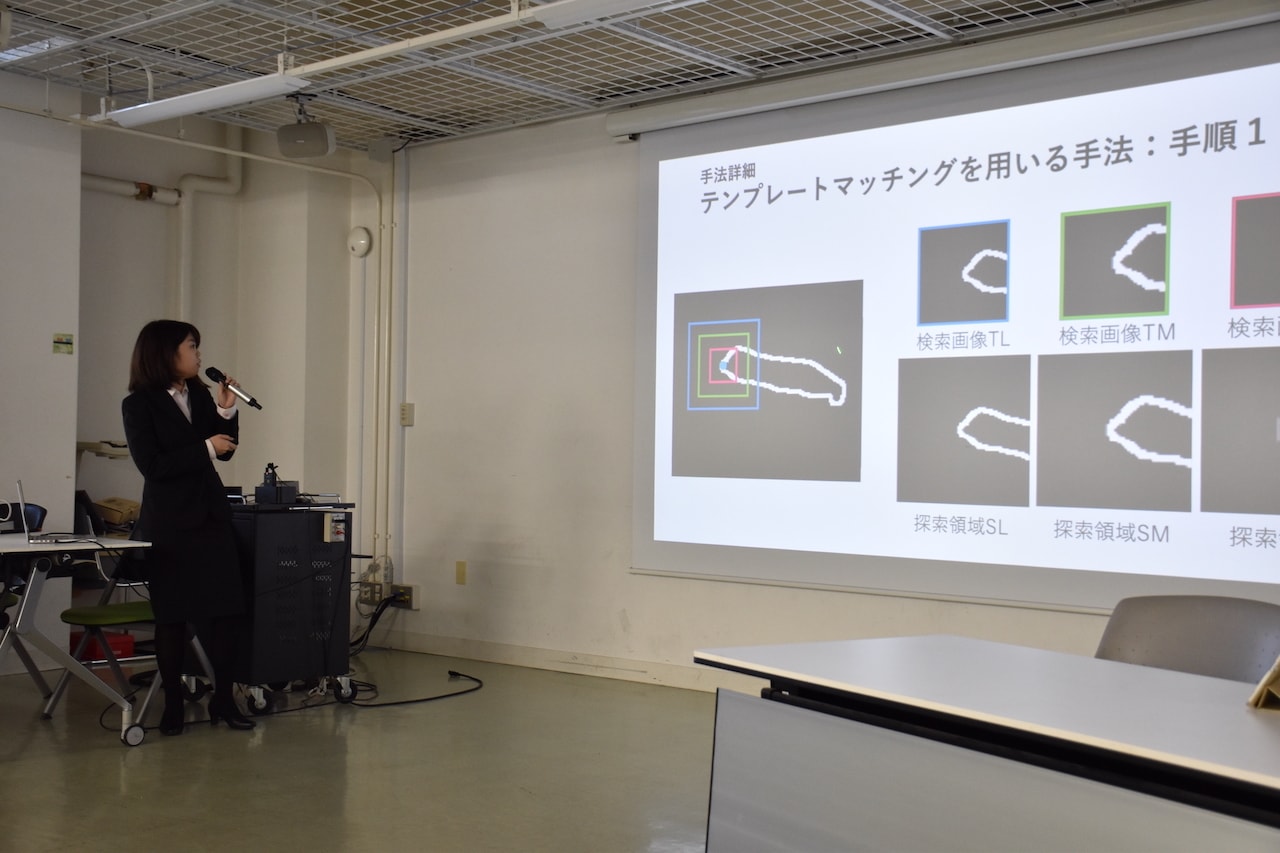
In the fourth year, students work on their Senior Project in their respective laboratories as a culmination of the knowledge and skills acquired in the last three years. Each student will find a problem within a theme of interest and concern and write a graduation thesis aiming to solve it. They will present their outcomes at the Senior Project presentation and exhibition. After graduation, students can continue investigating deeper into their theme in graduate school.
| Name | Position | Field of Specialization |
|---|---|---|
| HARA Kenji | Professor | Visual Information Processing |
| ITO Hiroyuki | Professor | Perceptual Psychology |
| KIM Daewoong | Professor | Contents Design |
| SUNAGA Shoji | Professor | Color and Visual Sciences |
| TAKENOUCHI Kazuki | Professor | Mechanics Design, Graphic Science |
| TOMOTARI Mikako | Professor | Sculpture, Art Studies |
| TSURUNO Reiji | Professor | Computer Graphics |
| USHIAMA Taketosi | Professor | Digital Content Environment Design |
| FUYUNO Miharu | Associate Professor | Cognitive Linguistics, Corpus Linguistics, English Education, Media and Education, Media and Language Culture |
| Ho Hsin-Ni | Associate Professor | Haptics |
| INOUE Kohei | Associate Professor | Pattern Recognition, Image Processing |
| ISHII Tatsuro | Associate Professor | Visual Image Expression, Enhanced Visual Image Expression |
| MAKINO Yutaka | Associate Professor | Installation, Performance, Computer Music |
| MATSUGUMA Hiroyuki | Associate Professor | Computer Graphics Design |
| MORIMOTO Yuki | Associate Professor | Computer Graphics |
| NAKAMURA Naoto | Associate Professor | XR, Metaverse, Human-Computer Interaction |
| NOMURA Katsuhisa | Associate Professor | Graphic Design |
| ONO Naoki | Associate Professor | Digital Image Processing and Recognition |
| SENO Takeharu | Associate Professor | Psychology |
| BLANCO Laura | Assistant Professor | Instructional Design in Foreign Language Education |
| KAMEOKA Takayuki | Assistant Professor | Haptics, Virtual Reality, Human-Computer Interaction |
| KUDO Mao | Assistant Professor | Sign System Design, Visual Symbol |
| TOH Kiriko | Assistant Professor | Web Design |
| ZARINS Martins | Assistant Professor | Acting, Directing, Theatre Studies, Linguistics |